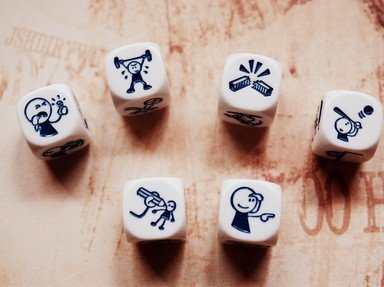Quiz Answer Key and Fun Facts
1. Who painted the famous work "A Sunday Afternoon on the Island of La grand Jatte"?
2. What did a finery forge do?
3. Spiritually speaking, what does the practice of incubation involve?
4. In which part of the world can the Great Cockup be found?
5. On the German island of Amrum, a cemetery there is known for its long and detailed headstones. What voluble name has been given to these?
6. Australian Ansett Airlines Flight 232, from Adelaide to Alice Springs in 1972, holds which unenviable record?
7. Scottish runner, Andrew Butchart, ran the last lap of the 5,000 metres at the 2016 Fanny Blankers-Koen Games in the Netherlands, in what condition?
8. When Berenice IV, sole ruler of Egypt, was forced by her consuls into marrying against her will, how did she react?
9. What was the original name given to the sport of wheelchair rugby?
10. Why were devilled eggs given their diabolical name?
Source: Author
Creedy
This quiz was reviewed by FunTrivia editor
agony before going online.
Any errors found in FunTrivia content are routinely corrected through our feedback system.


